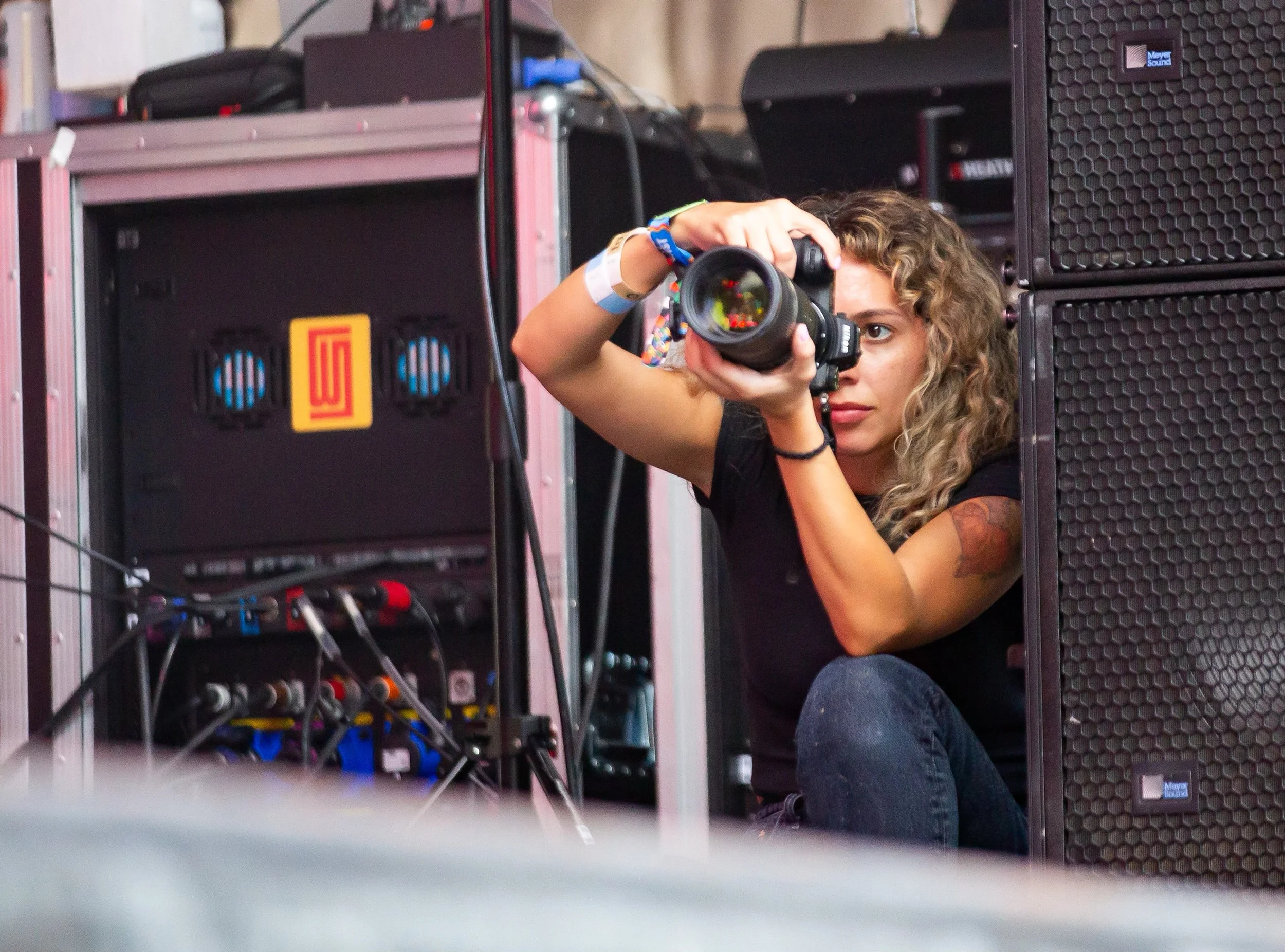How I Prep Like a Pro for Concerts and Artist Shoots: Tour-Ready and Artist-Focused
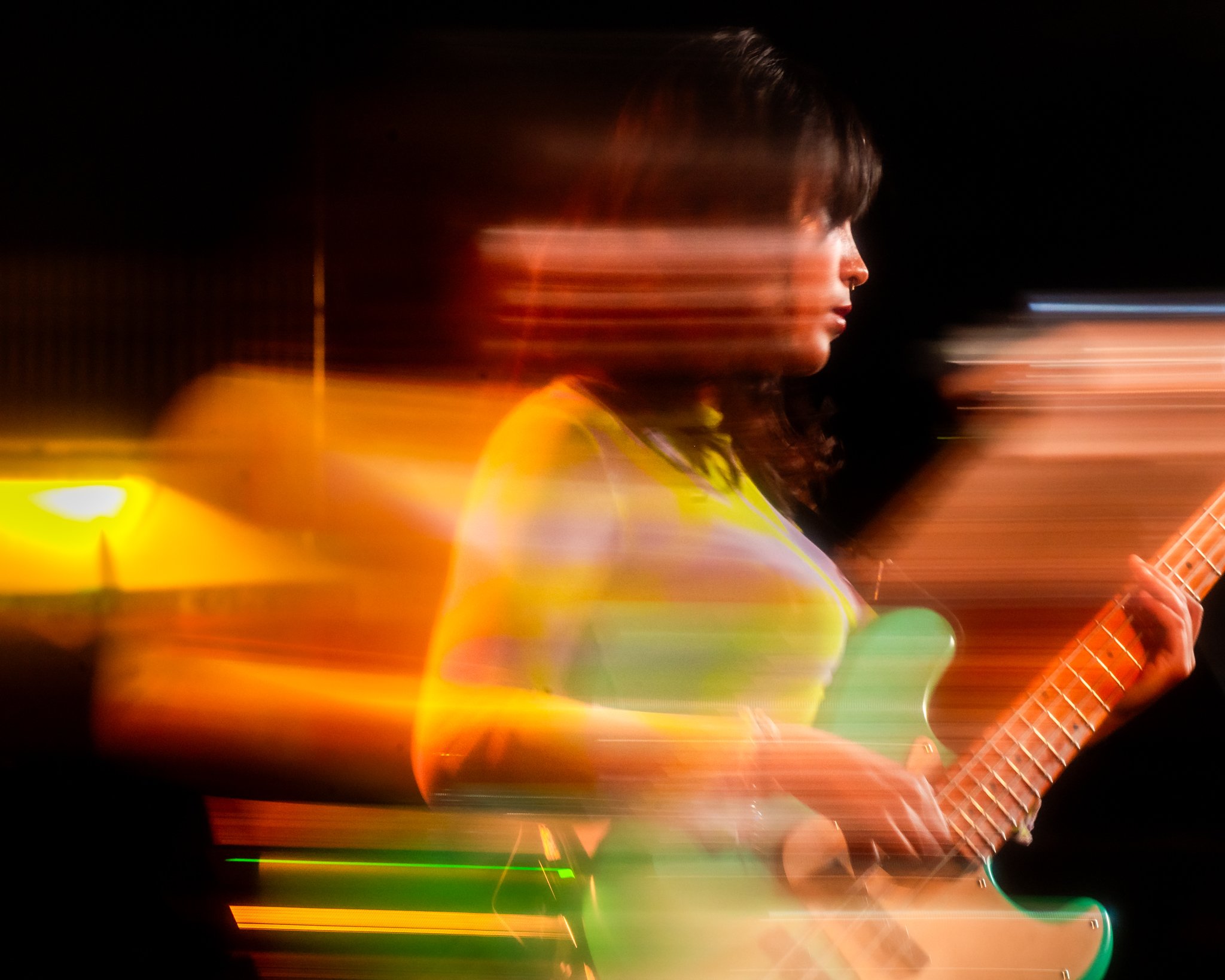
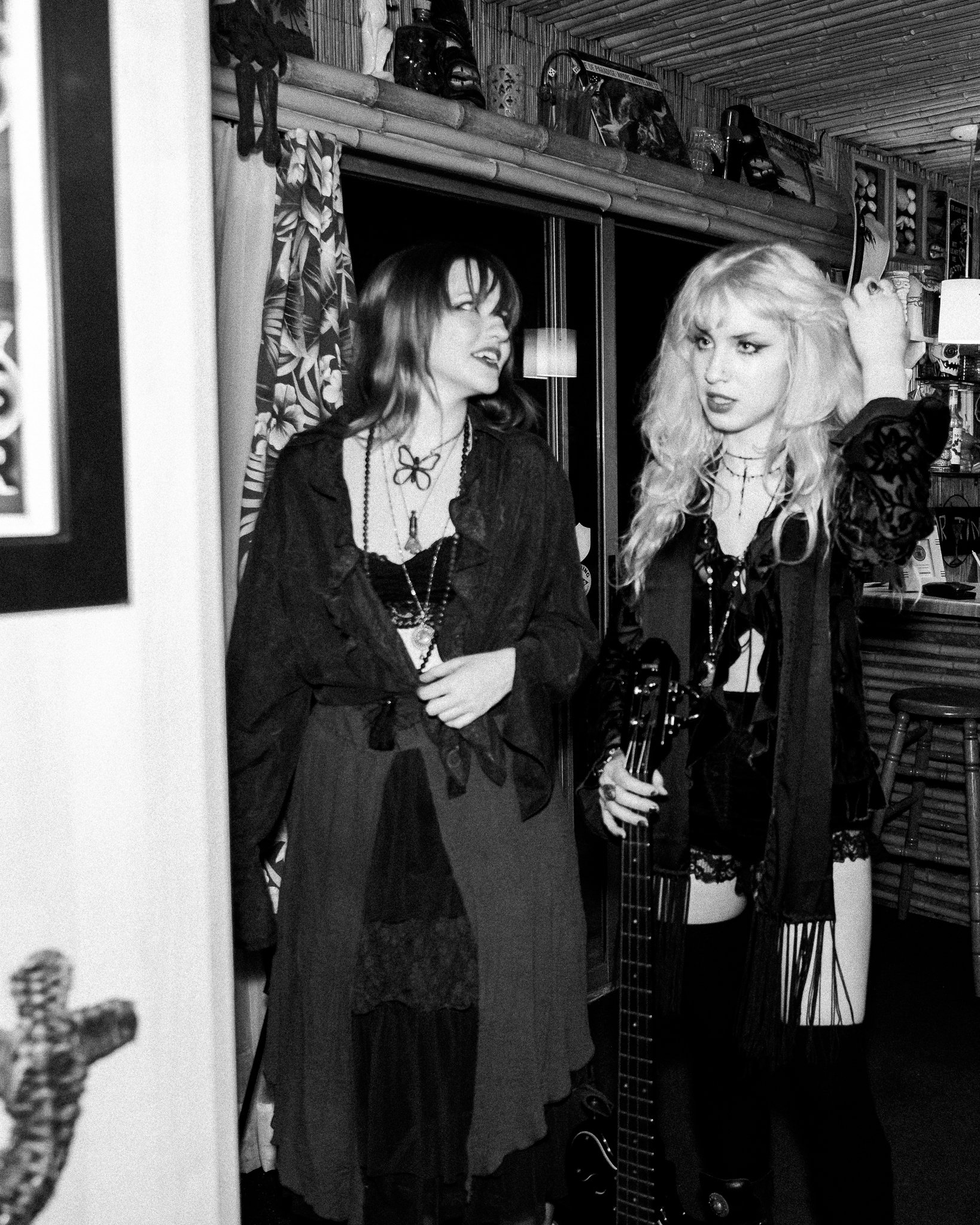
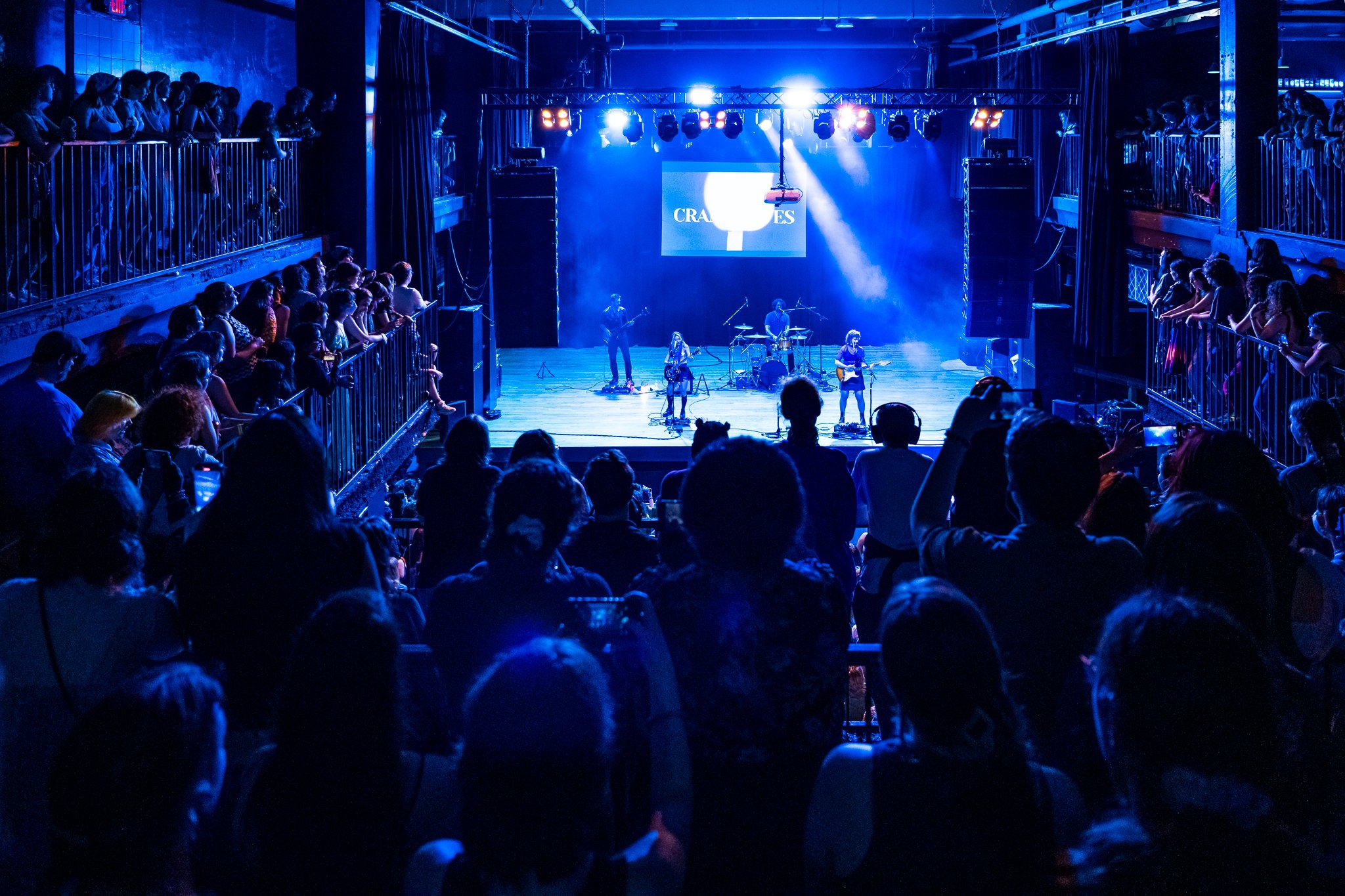
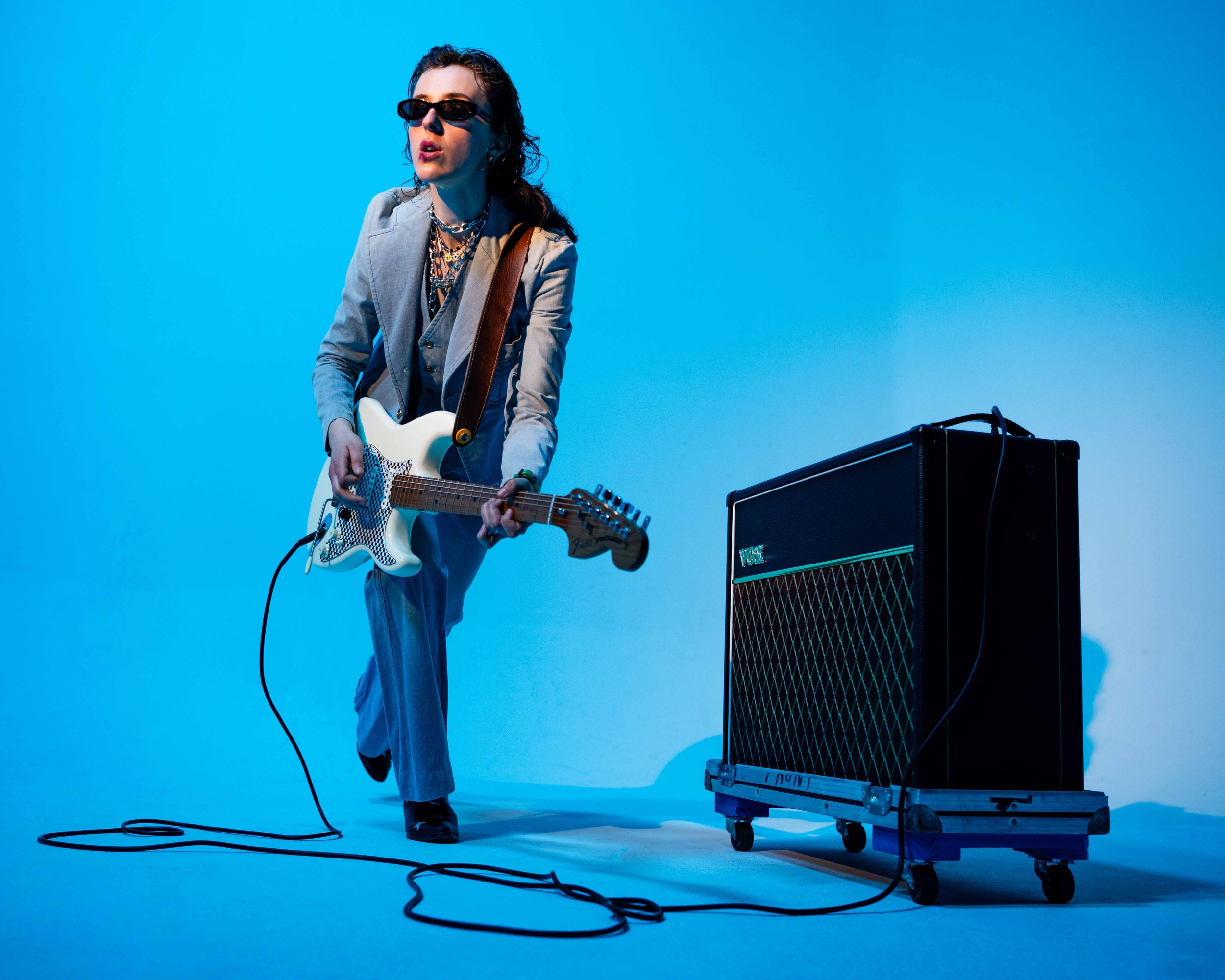
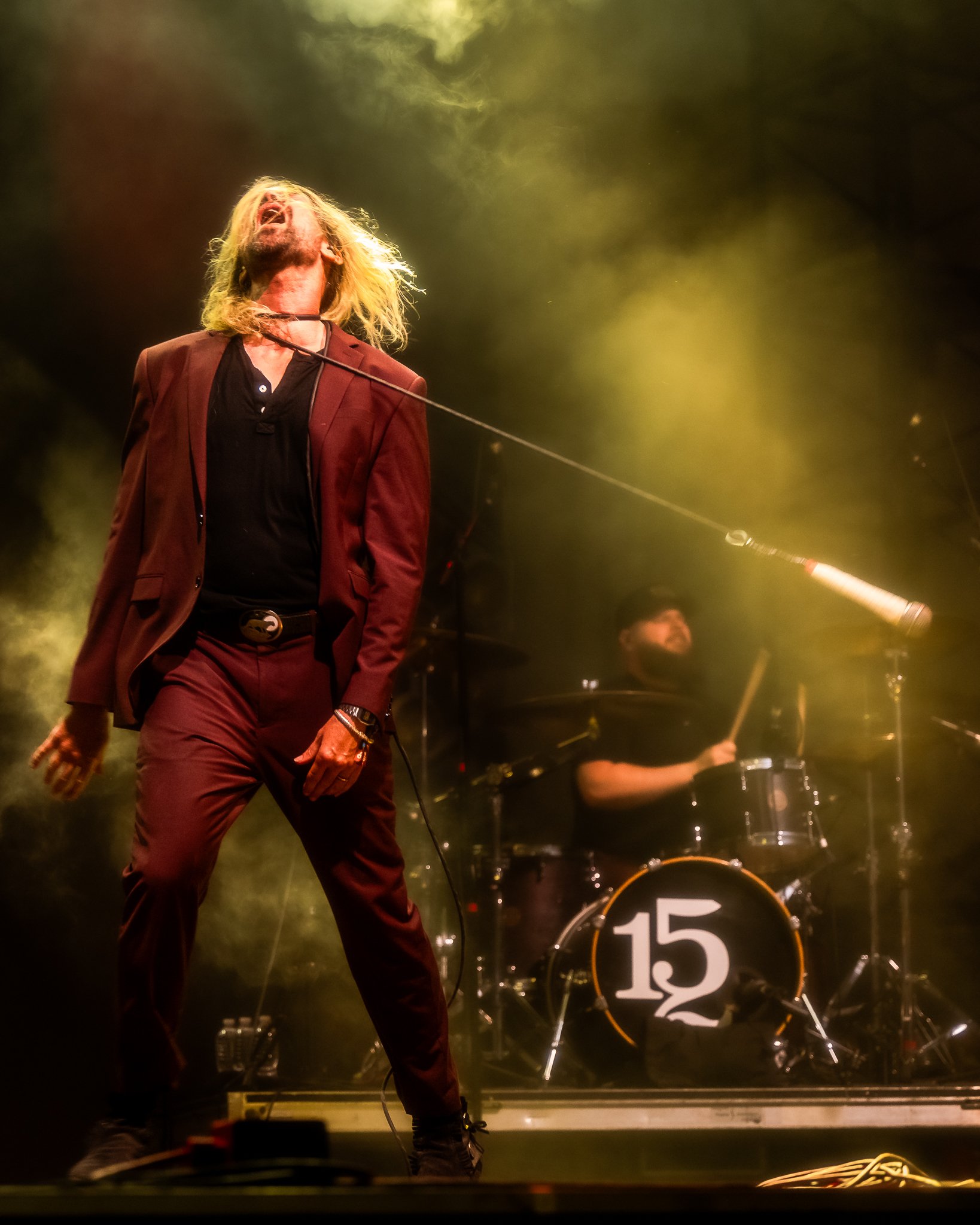
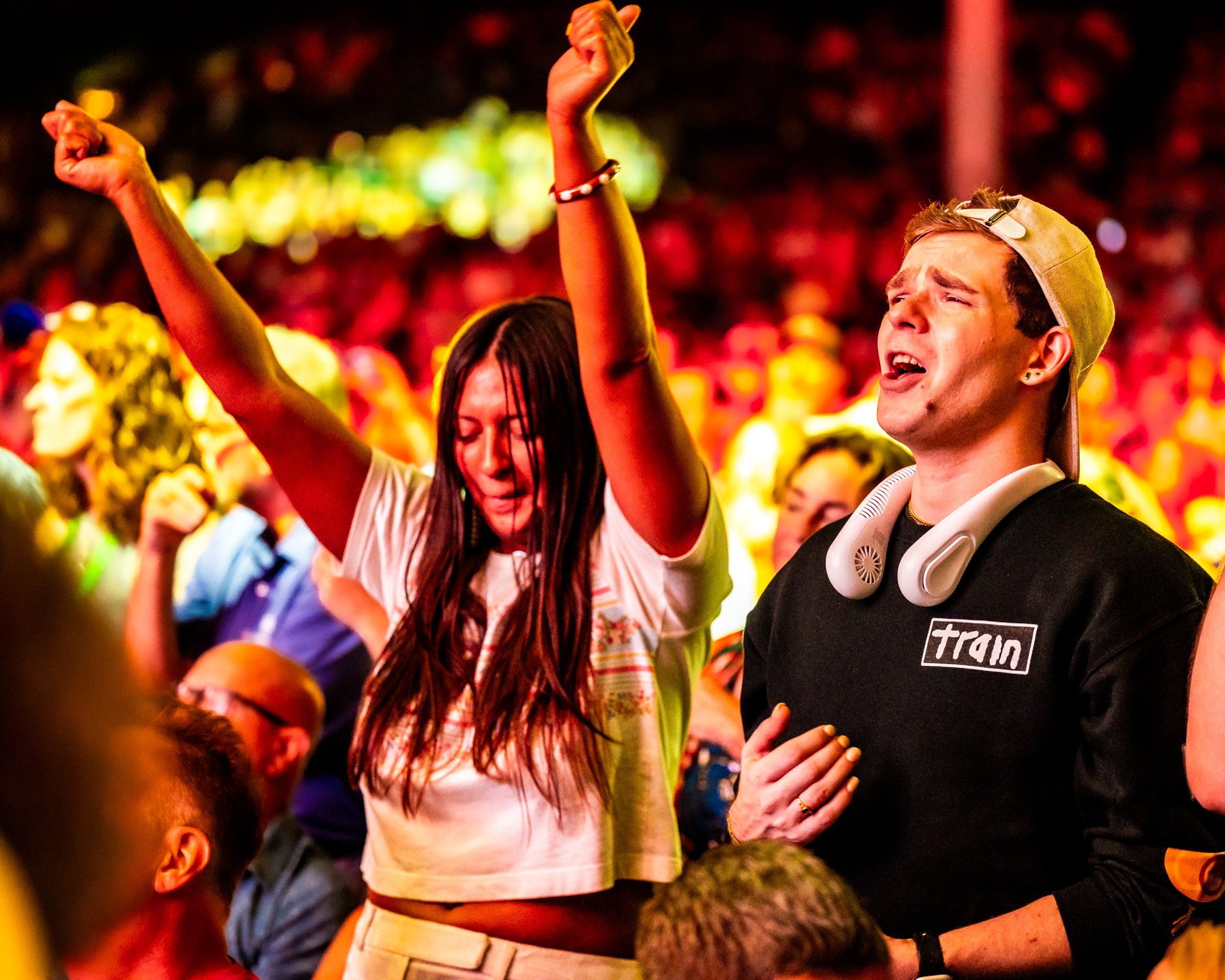
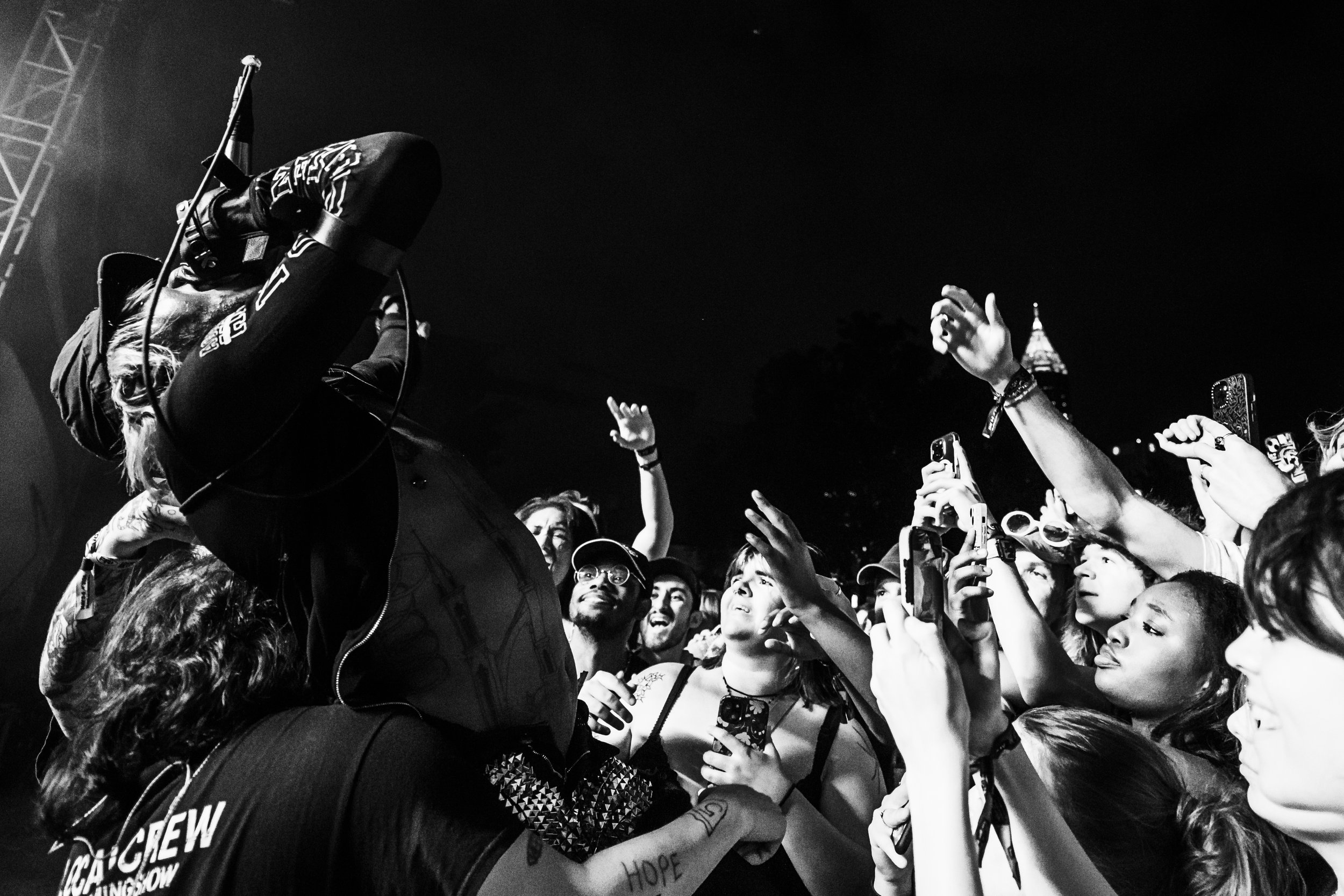
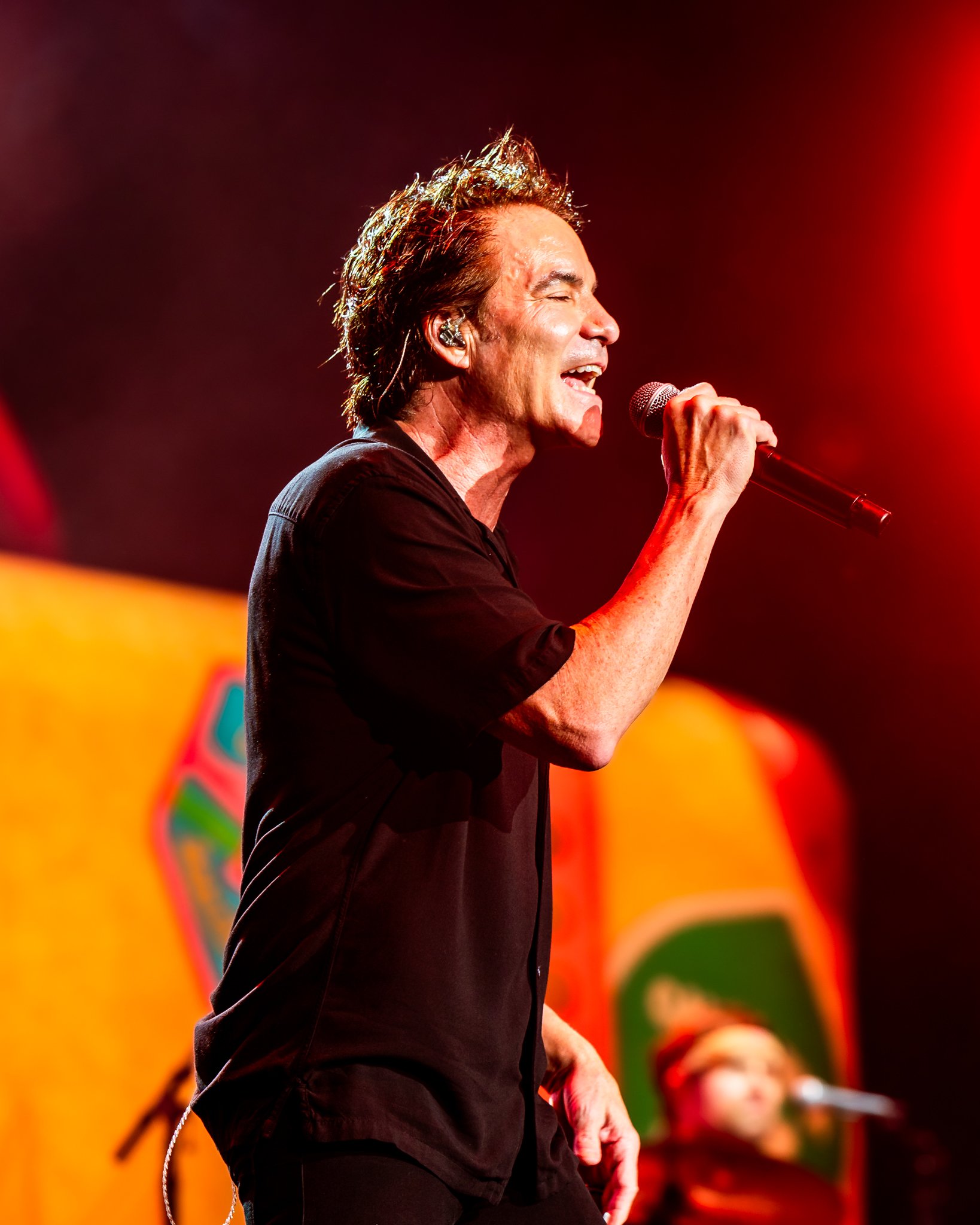
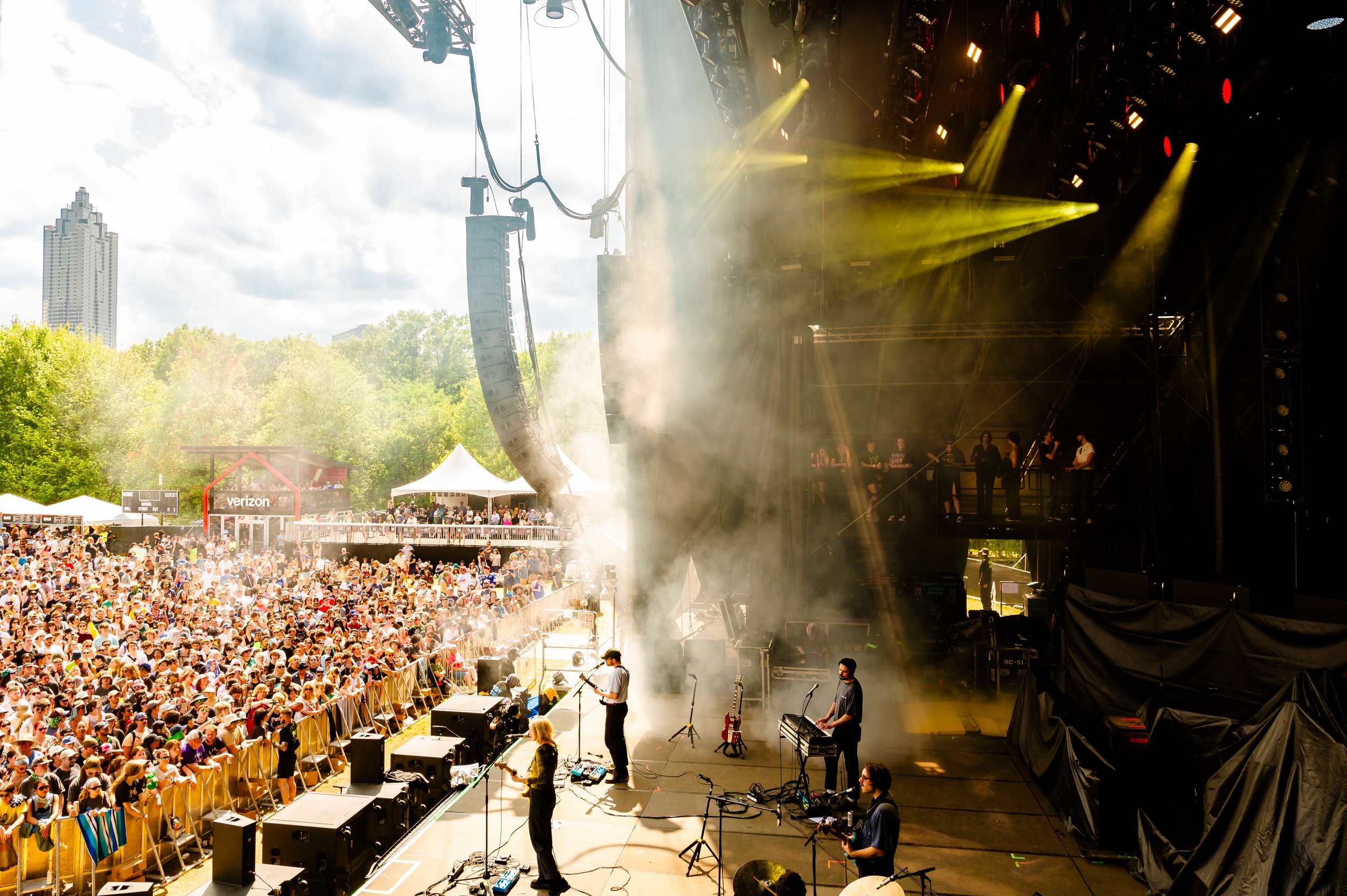
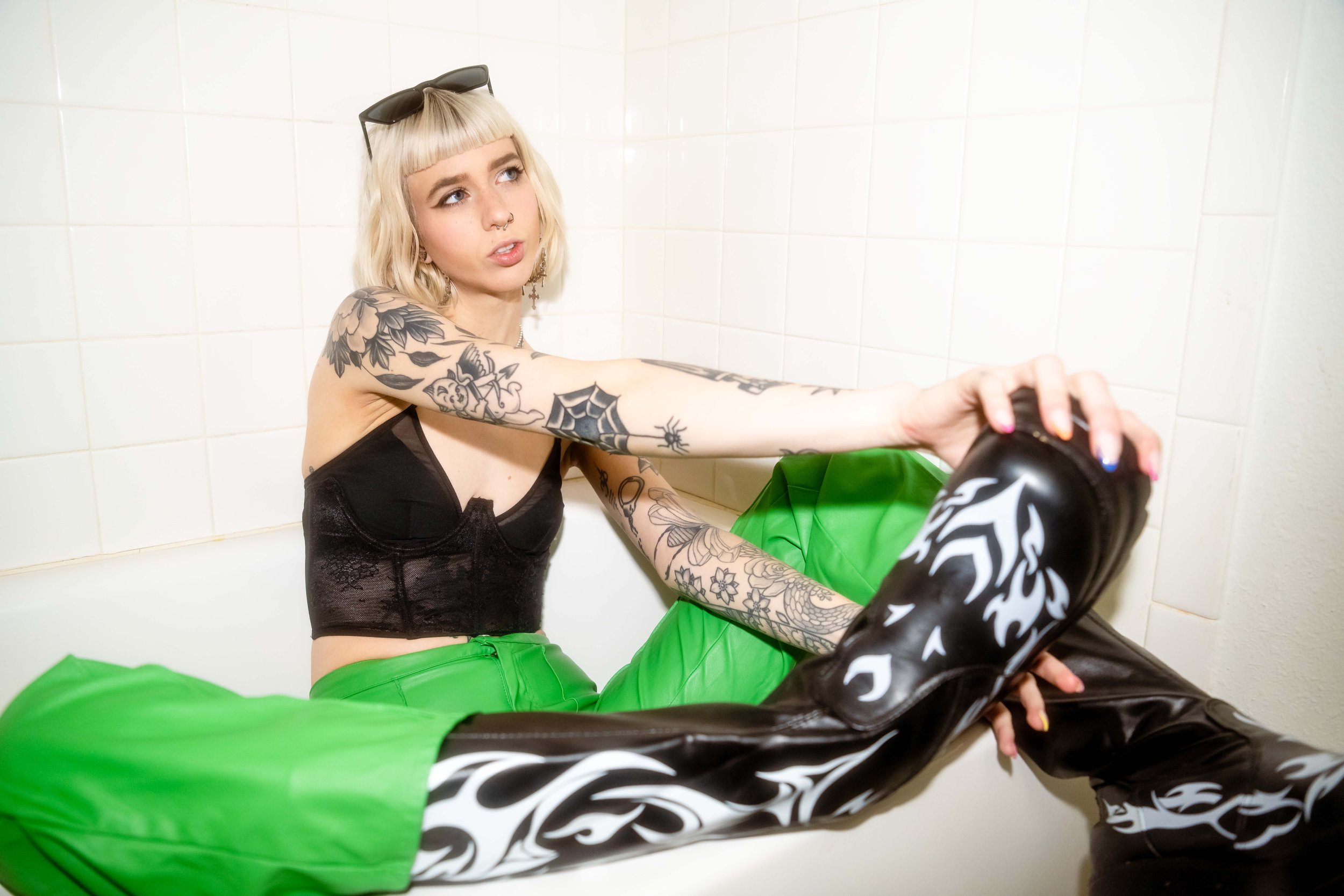
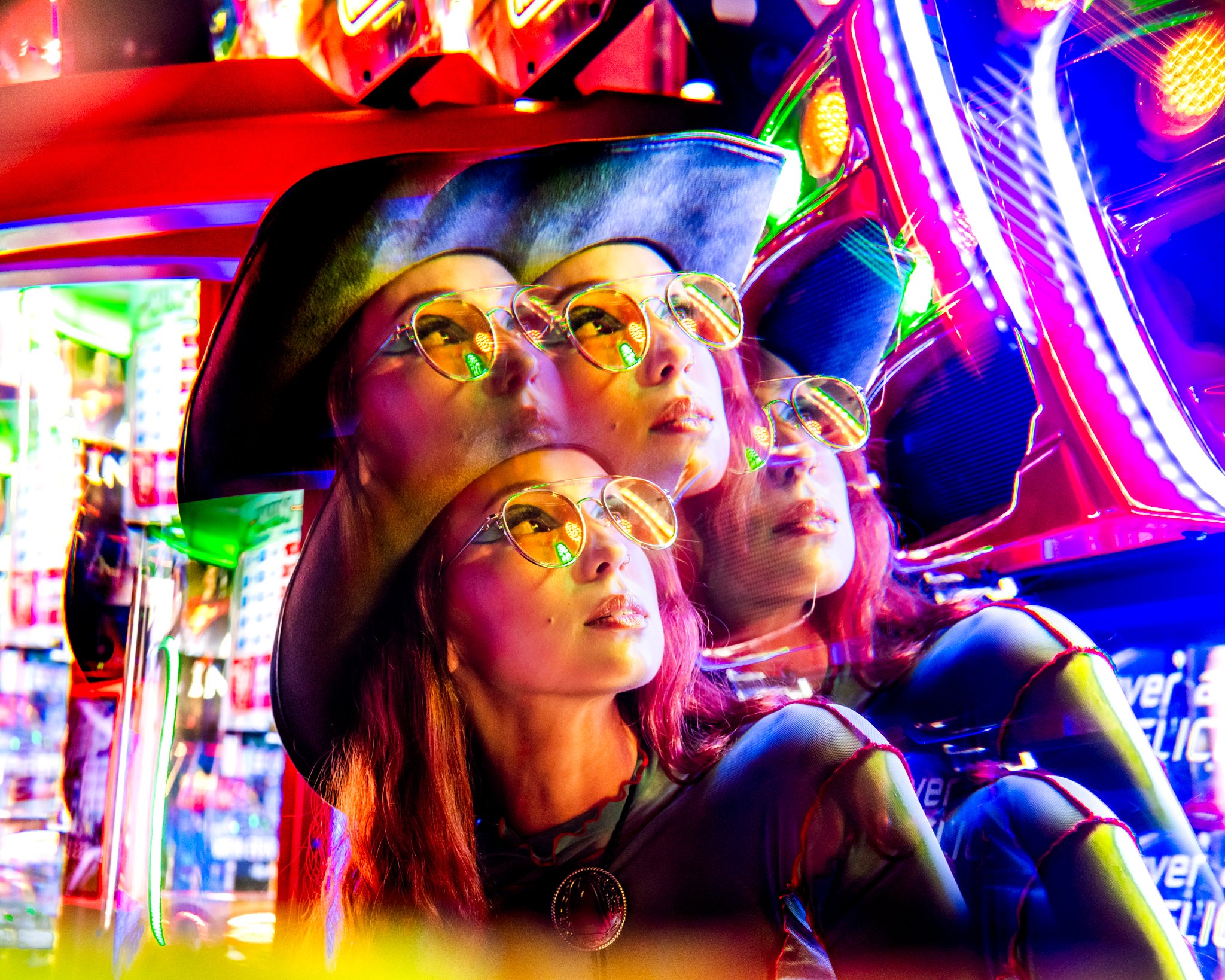
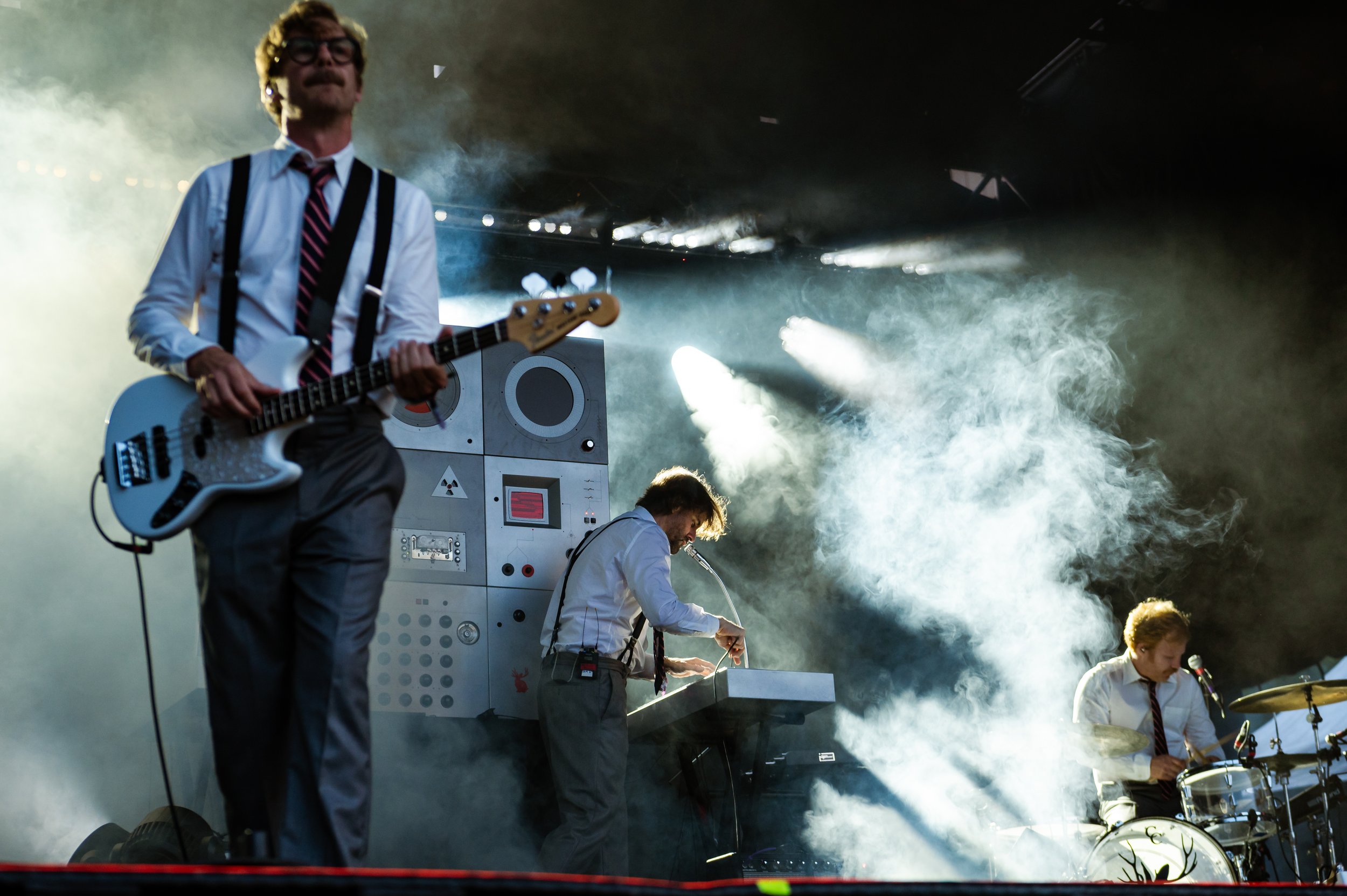
Every artist who hits the road knows that a tour is more than a string of shows. It’s a story. A story about sound, connection, exhaustion, triumph, and the once-in-a-lifetime moments that fans talk about long after the lights go down. The problem is, most of those stories disappear into memory if they aren’t documented. That’s where a tour photographer comes in.
A tour photographer doesn’t just take pictures of musicians on stage. They capture the narrative of the nights when the crowd is so loud you can’t hear yourself think, the quiet hotel mornings when a song is being reworked, the crew hustling during load-in, and the fans screaming the bridge of a song back to the artist. Done right, concert photography isn’t just about remembering; it’s about amplifying. It creates proof of the energy, the connection, and the culture you’re building around your music.
The value of photography on tour is twofold: it fuels immediate fan connection and it supports long-term branding. A single live photo can generate thousands of impressions online, create FOMO that drives ticket sales, and strengthen the emotional bond between artist and audience. Beyond the fan-facing side, these images become the backbone of press kits, social campaigns, sponsorship decks, and label releases. They’re an investment in the identity of the artist, not just a one-off highlight reel.
For artists, managers, production teams, and event specialists, working with a dedicated photographer is no longer optional; it’s essential. In an industry where attention spans are short and content moves fast, you can’t afford to miss documenting your best moments. The right photographer makes sure those moments live forever.
There’s a common misconception that a tour photographer is just another person with a camera in the pit. In reality, the role goes far beyond pressing the shutter. A skilled photographer becomes a storyteller, brand builder, and visual strategist all rolled into one. And today, that role often includes tour videography, since animated visuals deepen the connection and extend the impact of each show.
Yes, the live set is critical: the guitar solos, the crowd surfing, and the perfect lighting cues that make a performance feel cinematic. But touring coverage extends past the stage. A complete tour gallery or highlight reel should include:
Behind-the-scenes coverage (soundcheck, load-in, rehearsals, travel days)
Candid band promotional photography (press photos shot on location or in unique spaces)
Tour lifestyle moments (green rooms, bus rides, meals, downtime)
Crowd interaction (fans waiting in line, moshing, holding signs, crying, singing every lyric)
Dynamic video clips for reels, teasers, or tour recap content
Together, photos and video create a full picture of what touring actually looks and feels like. They’re what fans crave when they want to be closer to the artist, and what media outlets need when they cover your tour.
Think of photography and videography as extensions of your brand. Just like your sound or stage design, your visuals communicate who you are. A good tour photographer/videographer knows how to adapt their shooting and editing style to fit the artist’s brand identity. Shooting a moody alt-rock band requires a different approach than working with a high-energy pop act or a soulful R&B artist.
Strong visuals feed directly into press kits, EPKs, and branding campaigns. The content captured on tour isn’t just for Instagram carousels; video clips can be repurposed for TikTok teasers, album rollouts, or even immersive behind-the-scenes stories. For many bands, these assets become the visual history of their career era.
If you’re interested in how digital and film compare in live music settings, PetaPixel's feature does a great job breaking down the strengths of both formats and why each can bring a different storytelling texture to music photography.
One of the most overlooked roles of a tour photographer is helping your show live on after the encore. Photos from last night’s gig can be online before the crew finishes load-out. And now, with short-form video and animated visuals, fans can relive those moments in motion. A slow-motion clip of a guitarist leaping off a riser or a fan screaming along can generate just as much buzz as a still photo.
This blend of photo and video creates a deeper emotional connection. Great tour coverage doesn’t just serve the people in the room; it reaches the people who couldn’t make it. That’s where live music coverage becomes a growth tool, helping artists expand their audience city by city.
Finally, a tour photographer is also a crew member. They coordinate with production to avoid blocking sightlines, they know when to step back and let the team work, and they balance creative instincts with respect for the schedule. Videography adds another layer requiring collaboration with lighting and production design to ensure that motion content looks as polished as the stills. In both roles, the photographer/videographer becomes part of the machine that makes the tour run smoothly.
Looking for more insight into gear and lighting setups? Check out this Adorama guide to portable studio lighting outdoors for practical tips that translate well into touring environments.
Touring is about more than getting from city to city. It’s about creating moments that live far beyond the stage. Photos and videos are the proof of those moments. They show fans the energy they felt in the room, give managers and publicists the tools they need for campaigns, and preserve the artist’s story for years to come.
Having a dedicated tour photographer on the road ensures that your visuals are consistent, professional, and aligned with your brand. From live coverage to behind-the-scenes storytelling, strong imagery isn’t just content, it’s an investment in your career.
If you’re an artist, manager, or production team looking for concert and tour photography that feels cinematic, connected, and true to the energy of your shows, let’s work together. I capture both digital and film, balancing quick-turn social edits with timeless imagery that fuels press kits, fan engagement, and long-term branding.
Start by checking out my related guide on Atlanta’s Best Concert Venues for Touring Bands to see where your next stop might lead, and let’s make sure it gets documented the way it deserves. Or reach out directly through my Contact page to get started.



